
How to Use MAX30102: Examples, Pinouts, and Specs
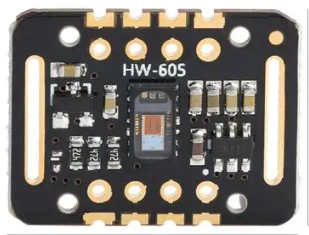
 Design with MAX30102 in Cirkit Designer
Design with MAX30102 in Cirkit DesignerIntroduction
The MAX30102 is a pulse oximeter and heart-rate sensor module designed for non-invasive health monitoring. It uses photoplethysmography (PPG) to measure blood oxygen saturation (SpO2) and heart rate by analyzing light absorption changes in blood vessels. The module integrates an LED driver, photodetector, and analog signal processing circuitry, enabling accurate and reliable measurements in a compact form factor.
Explore Projects Built with MAX30102
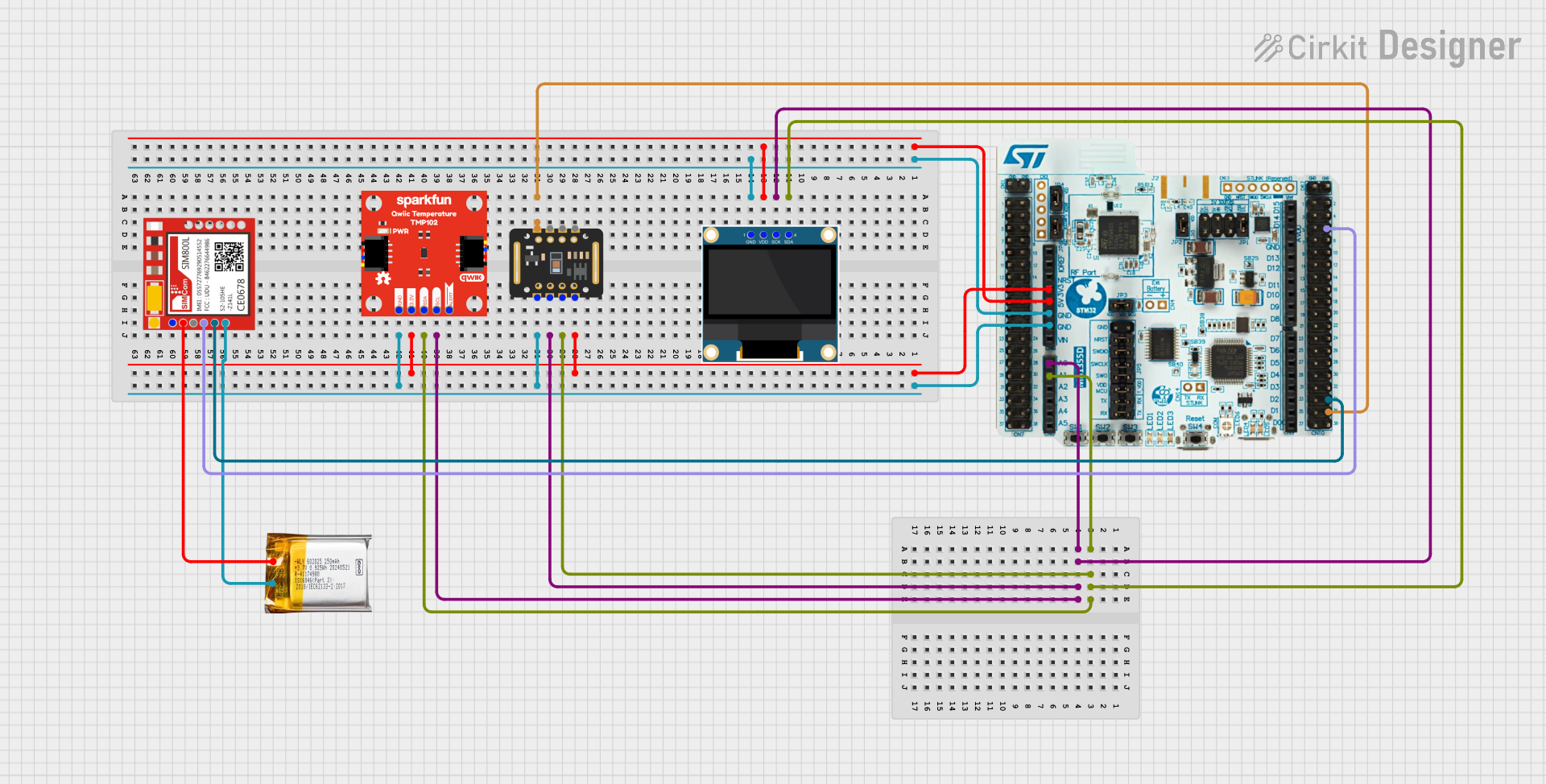
 Open Project in Cirkit Designer
Open Project in Cirkit Designer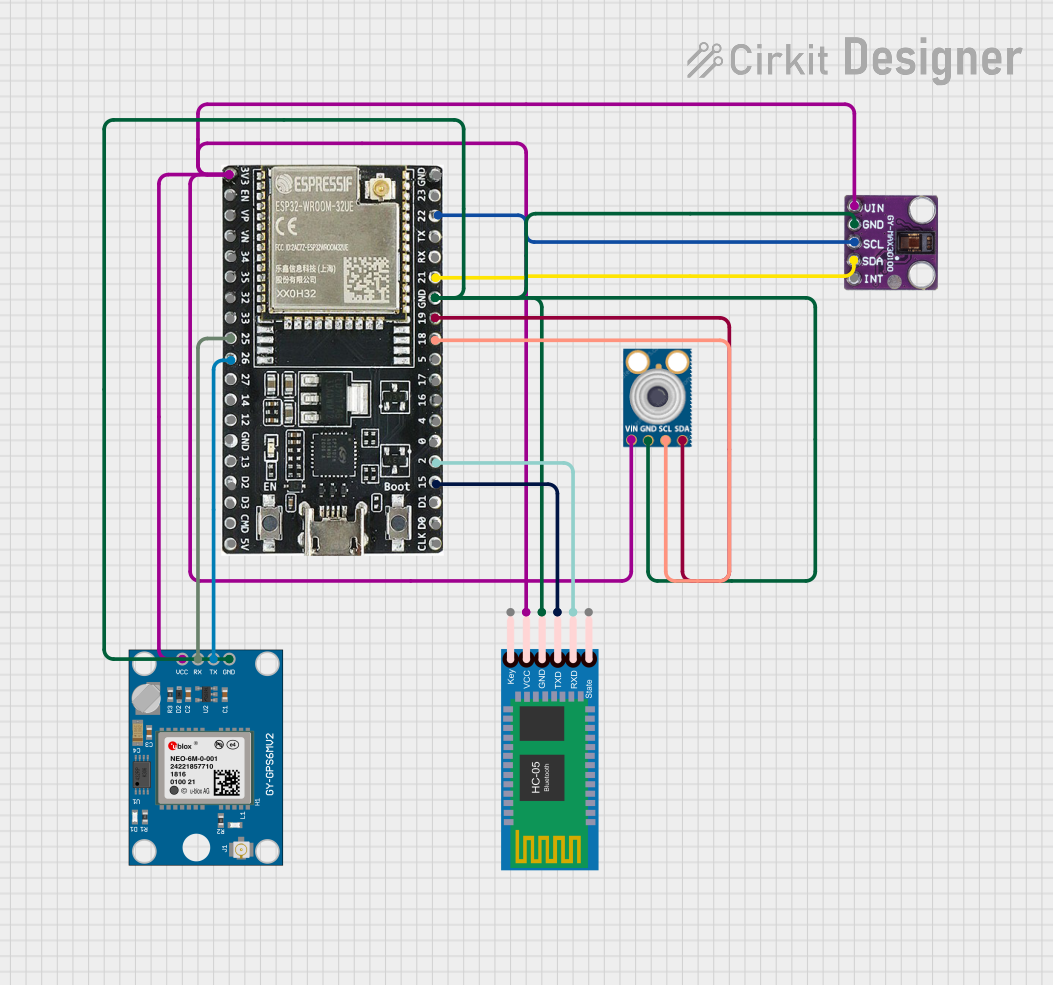
 Open Project in Cirkit Designer
Open Project in Cirkit Designer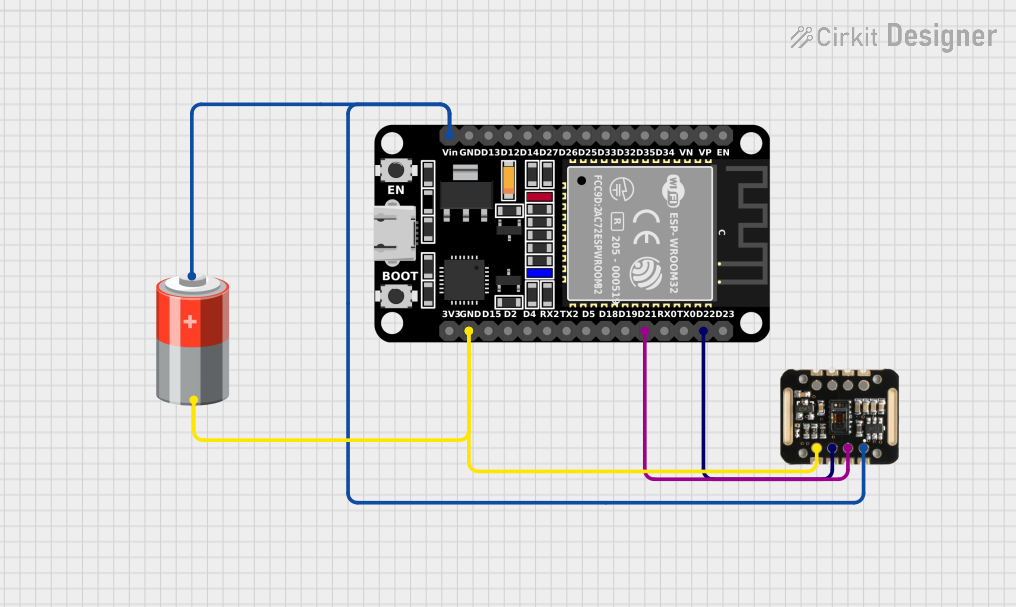
 Open Project in Cirkit Designer
Open Project in Cirkit Designer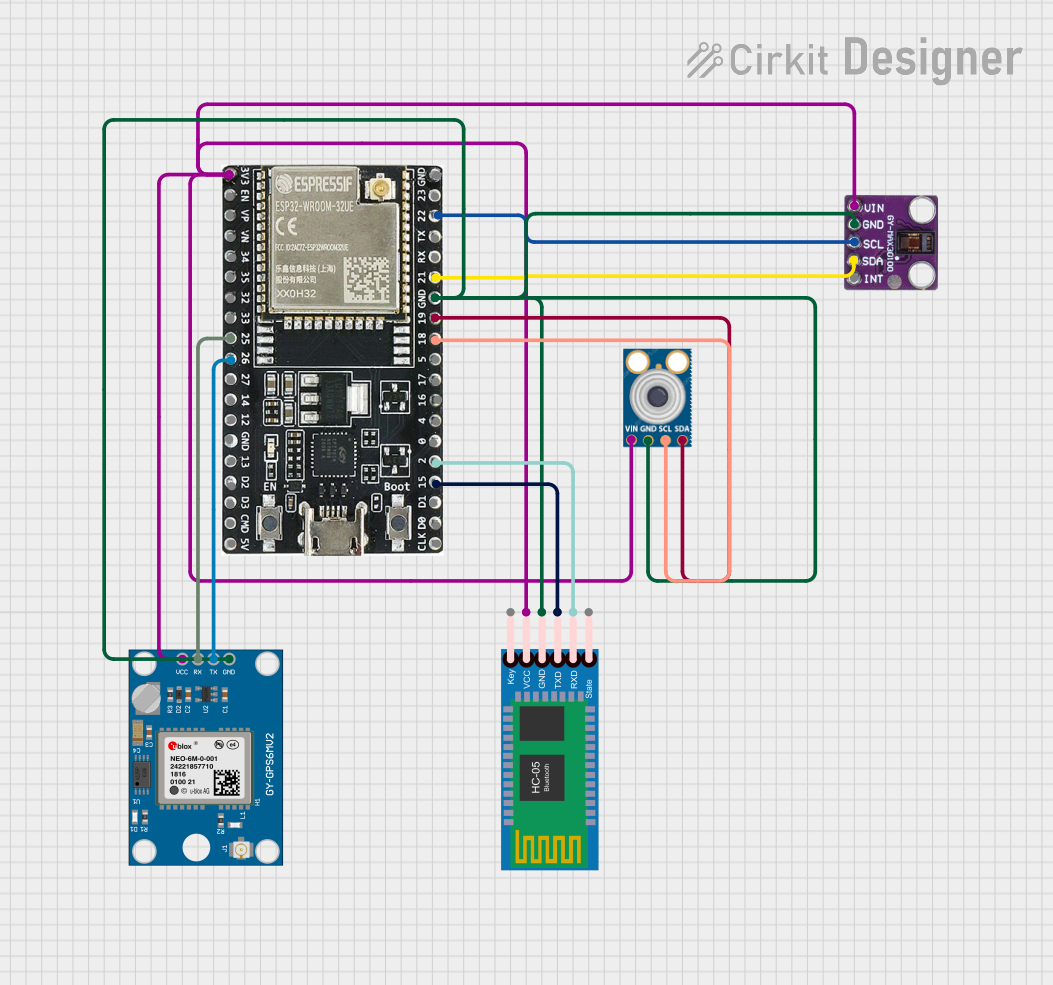
 Open Project in Cirkit Designer
Open Project in Cirkit DesignerExplore Projects Built with MAX30102

 Open Project in Cirkit Designer
Open Project in Cirkit Designer
 Open Project in Cirkit Designer
Open Project in Cirkit Designer
 Open Project in Cirkit Designer
Open Project in Cirkit Designer
 Open Project in Cirkit Designer
Open Project in Cirkit DesignerCommon Applications and Use Cases
- Wearable health monitoring devices (e.g., fitness trackers, smartwatches)
- Medical devices for SpO2 and heart rate monitoring
- IoT health monitoring systems
- Research and development in biomedical engineering
Technical Specifications
The MAX30102 is a highly integrated sensor with the following key specifications:
| Parameter | Value |
|---|---|
| Operating Voltage | 1.8V (core) and 3.3V (I/O) |
| Supply Current | 600 µA (typical) |
| LED Wavelengths | Red: 660 nm, IR: 880 nm |
| Communication Interface | I²C (up to 400 kHz) |
| Operating Temperature Range | -40°C to +85°C |
| Dimensions | 5.6 mm x 3.3 mm x 1.55 mm |
Pin Configuration and Descriptions
The MAX30102 module typically has the following pinout:
| Pin Name | Pin Number | Description |
|---|---|---|
| VIN | 1 | Power supply input (3.3V) |
| GND | 2 | Ground |
| SDA | 3 | I²C data line |
| SCL | 4 | I²C clock line |
| INT | 5 | Interrupt output (active low) |
| RD | 6 | Reset/disable pin (active low) |
Usage Instructions
How to Use the MAX30102 in a Circuit
- Power Supply: Connect the VIN pin to a 3.3V power source and the GND pin to ground.
- I²C Communication: Connect the SDA and SCL pins to the corresponding I²C pins on your microcontroller. Use pull-up resistors (typically 4.7 kΩ) on both lines.
- Interrupt Pin: Optionally, connect the INT pin to a GPIO pin on your microcontroller to handle interrupts.
- Reset Pin: Connect the RD pin to the microcontroller or pull it high to enable the module.
Important Considerations and Best Practices
- Ambient Light Interference: Ensure the sensor is shielded from ambient light to avoid measurement inaccuracies.
- Placement: For wearable applications, place the sensor on a body part with good blood flow (e.g., fingertip or wrist).
- I²C Address: The default I²C address of the MAX30102 is
0x57. Ensure no address conflicts with other devices on the I²C bus. - Power Consumption: Use the shutdown mode when the sensor is not in use to save power.
Example Code for Arduino UNO
Below is an example of how to interface the MAX30102 with an Arduino UNO using the I²C protocol:
#include <Wire.h>
#include "MAX30102.h" // Include a library for MAX30102 (e.g., SparkFun MAX3010x)
MAX30102 sensor; // Create an instance of the MAX30102 class
void setup() {
Serial.begin(9600); // Initialize serial communication
Wire.begin(); // Initialize I²C communication
if (sensor.begin() == false) {
Serial.println("MAX30102 not detected. Check connections.");
while (1); // Halt execution if the sensor is not detected
}
Serial.println("MAX30102 initialized successfully.");
}
void loop() {
int heartRate = sensor.getHeartRate(); // Get heart rate
int spo2 = sensor.getSpO2(); // Get SpO2 level
// Print the readings to the serial monitor
Serial.print("Heart Rate: ");
Serial.print(heartRate);
Serial.print(" bpm, SpO2: ");
Serial.print(spo2);
Serial.println(" %");
delay(1000); // Wait for 1 second before the next reading
}
Notes:
- Install a compatible MAX30102 library (e.g., SparkFun MAX3010x or Adafruit MAX30102) in your Arduino IDE.
- Ensure the I²C pull-up resistors are properly connected.
Troubleshooting and FAQs
Common Issues and Solutions
Sensor Not Detected:
- Cause: Incorrect wiring or I²C address mismatch.
- Solution: Verify the connections and ensure the correct I²C address (
0x57) is used.
Inaccurate Readings:
- Cause: Ambient light interference or poor sensor placement.
- Solution: Shield the sensor from ambient light and ensure proper contact with the skin.
High Power Consumption:
- Cause: Sensor not in shutdown mode when idle.
- Solution: Use the shutdown mode to reduce power consumption during inactivity.
I²C Communication Errors:
- Cause: Missing pull-up resistors or incorrect clock speed.
- Solution: Add 4.7 kΩ pull-up resistors to SDA and SCL lines and ensure the clock speed is within 400 kHz.
FAQs
Q: Can the MAX30102 measure heart rate through clothing?
A: No, the sensor requires direct contact with the skin for accurate measurements.Q: What is the maximum sampling rate of the MAX30102?
A: The MAX30102 supports sampling rates up to 1000 samples per second.Q: Can I use the MAX30102 with a 5V microcontroller?
A: Yes, but you must use a level shifter to convert the 5V logic to 3.3V for I²C communication.Q: How do I improve measurement accuracy?
A: Minimize motion artifacts, shield the sensor from ambient light, and ensure proper placement on the skin.